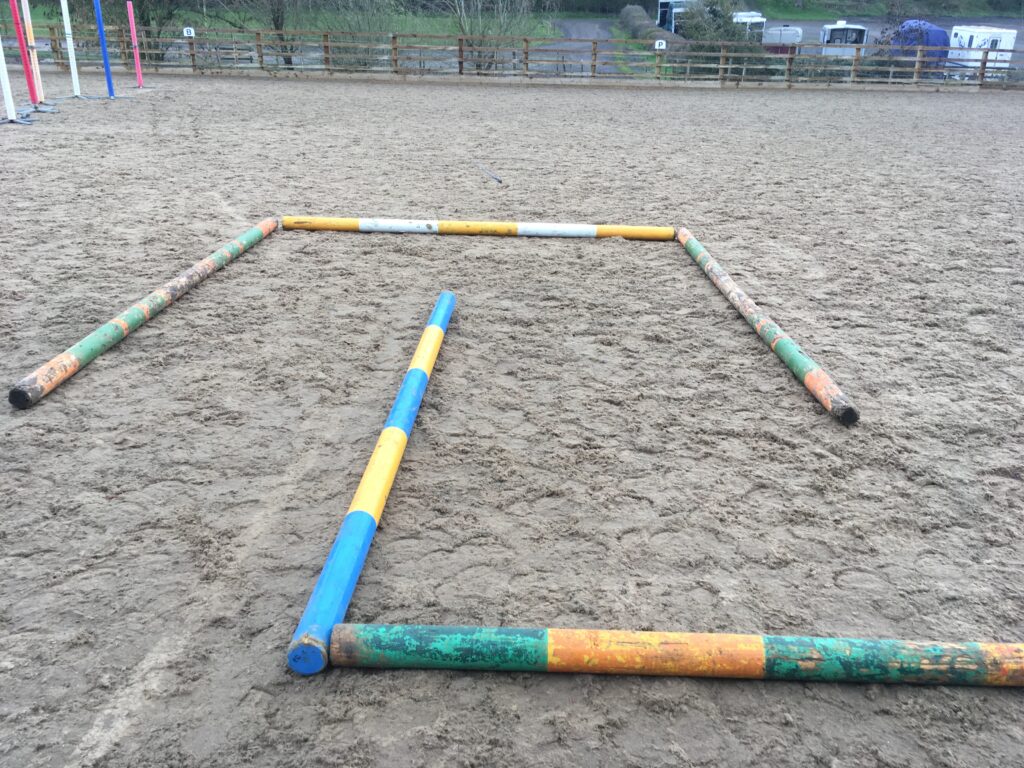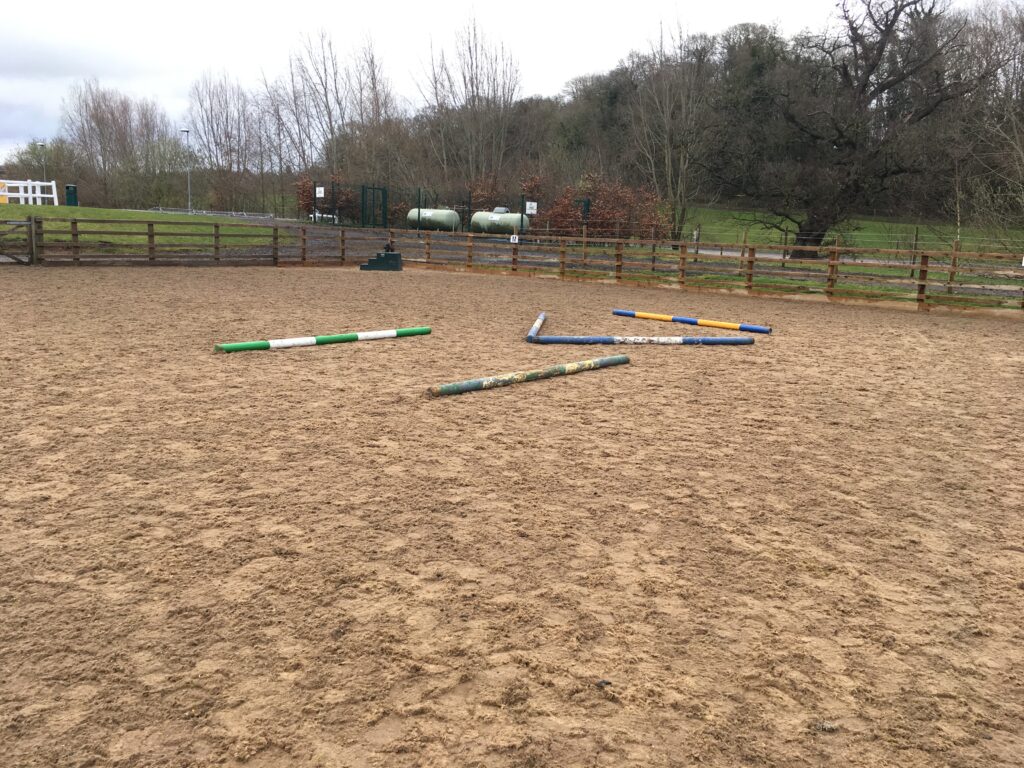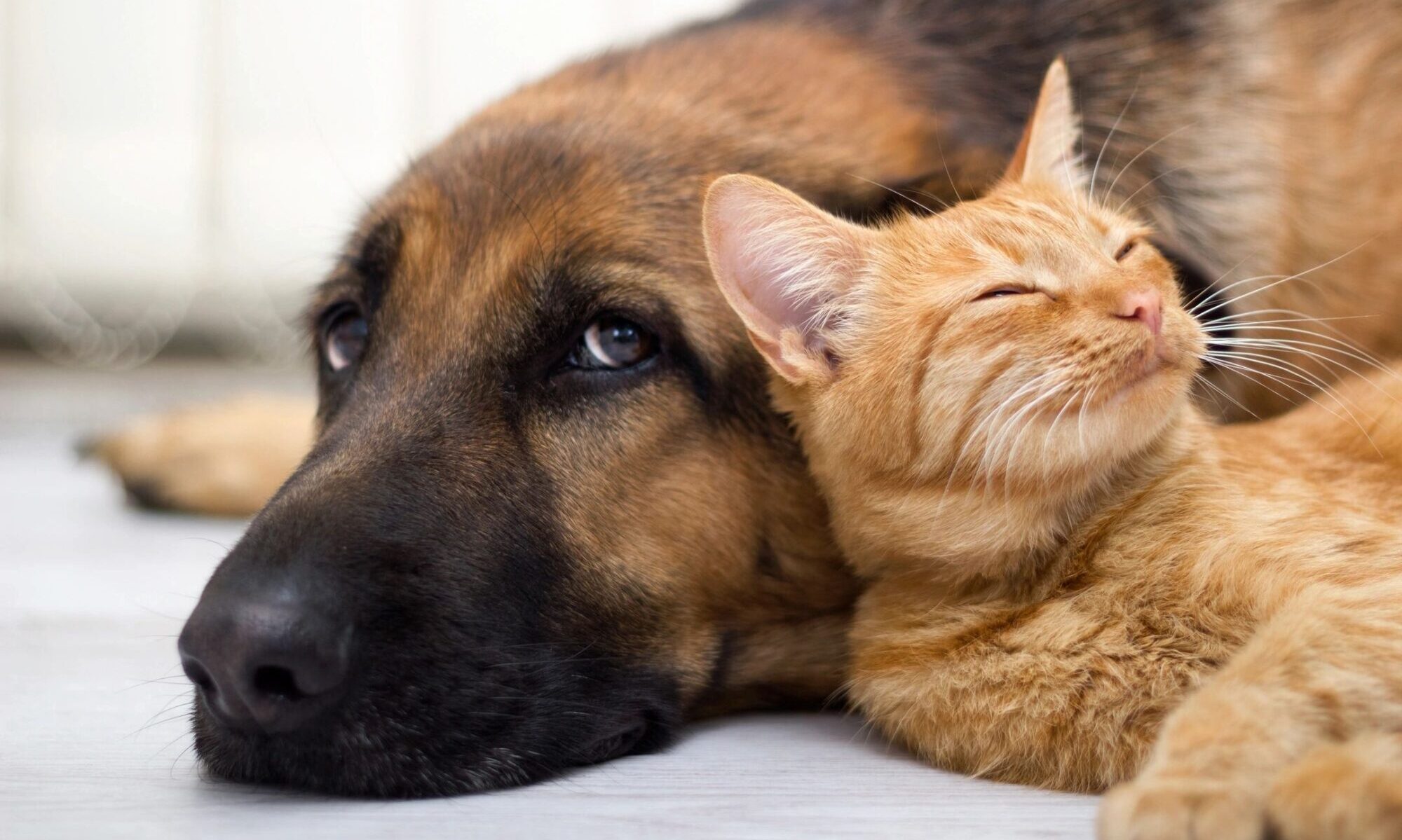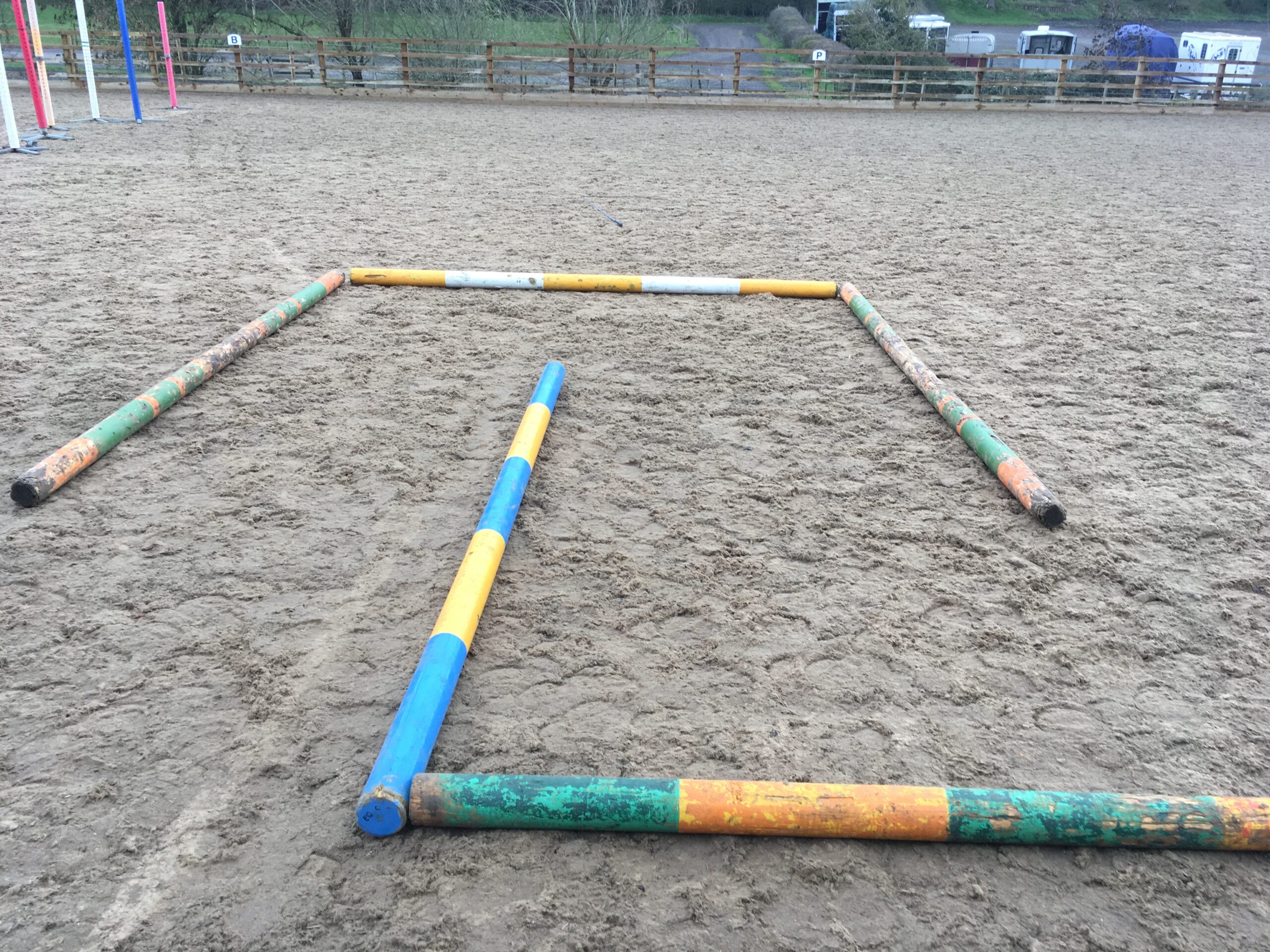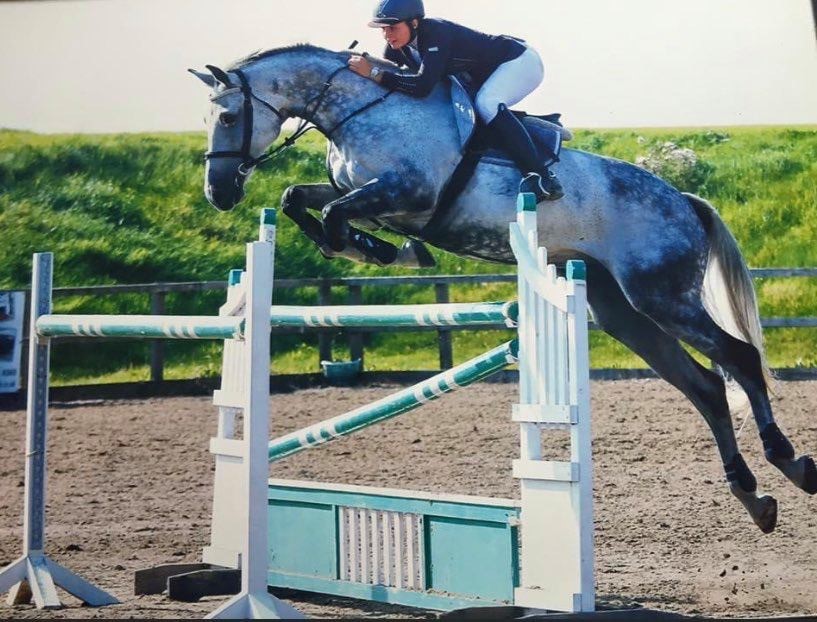This blog will look at how we start rehabilitation after box rest. In hand training can consist of numerous activity types, long reining or poles for example are common ones, but simple training In-hand with just you and your horse is one of the best rehabilitation programmes you can do to achieve the all important lateral bending after box rest.
What is hand training?
In hand training is just you and your horse in the field, school, yard with the aim of progressing movements and exercise. If you’ve had a horse on box rest this is a great rehabilitation program to begin with. The aim is a logical progression of exercises to influence the body posture of the horse.
The importance of the circle
Getting your horse to walk in circles, in both directions will promote what is called lateral bending. This is the ability of the thoracic spine (middle of the spine) to bend left and right. If they have been in a stable for a period of time lateral bending has been somewhat limited, so this is where the importance of the circle begins.
Another importance of the circle is allowing the hindlimb to come underneath. For example, when a horse turns in a circle, say to the left. The ribs will swing out to the right due to lateral bending to the left. In turn it allows for the inside hindlimb to come under and forward. We all know how important getting the hindlimb coming further underneath is for posture and engagement…so circles are important.
BUT…
When you watch them doing the circle you don’t want the inside hindlimb to cross their body, it needs to come forward and under.
The horse must be moving correctly to be effective. Using a Cavesson is useful so the fulcrum is at the nose instead of the chin. Using the chin as the fulcrum can increase neck lateral bending and this can make the exercise ineffective. Even with a Cavesson your horse might cheat so monitor the amount of neck movement throughout. You are wanting the head/ears to be level and not turning inwards.
One rein is sufficient and using two reins off the bit is clearly a progression. But for the start one rein is completely fine. You also want to use a whip as a cue in the beginning, whilst your horse is learning what to do. The whip is an extension of your arm, its not for punishment! If your horse associates the whip as a negative thing, you will need to gradually train them to not think this way.
How do I teach in hand training to my horse?
It’s all about how you train the horse to move for effective in hand training. We know from research when a rider is on the horse, the horses spinal posture changes. In hand training is trying to replicate the opposite position. You’re aiming for a relaxed head position which in turn will allow the lower lumbar spine to round, in turn the antagonists known as the abdominals, will contract. But the key is from the start, controlling the head. There are two methods you can try to teach the horse to lower its head:
- Negative reinforcement: this is the use of effectively timed pressure and release to teach the horse to lower its head. Its all about long and low. Apply pressure to lead the head down, release to lead the head up.
- Positive reinforcement: Using food to reward them when they have lowered and highered their head.
The aim is to do this to a cue, for example clicker training. This doesn’t have to take long to achieve, with regular weekly practice you will see a difference.
What if my horse swings its bum out during circles?
- So, this can be a common mishap and is not the technique we want to achieve. Poles can be handy here, if you place them in a square you can use the square to walk around which can help.
- Is the size of the circle correct? You will need to play with the size, the smaller it is the more lateral bend you will achieve in the thoracic spine, but likely you will get neck bending too. To help with technique make sure you’re just getting thoracic bend so you might need to adjust the circle accordingly.
- You can use pole mazes which I have added below a set up example. Using them for the horse to walk around will help with lateral bending, but remember you’re aiming thoracic lateral bending, not from the neck!
Safety aspects
- I would not recommend doing this type of training if your horse will just run you over! They need to know basic start/stop commands
- Use a long line for safety just in case they need to get away from you
- Aim to keep at least 1 step between you and the horse
- Location – if it is on concrete they will find this harder for grip purposes so ideally, they need the traction for getting the hind limb engaging.
In conclusion
- Walking in circles (in both directions) is a great introduction to movement progression following box rest
- You want thoracic bend not neck bend – ideally use a Cavesson
- Remember the safety aspects
- You can train them to cue – it just takes practice and ensure the whip is not for punishment
If your horse is currently having a period of box rest and you want to know how together we can help your horse with a rehabilitation plan, contact us for advice.
